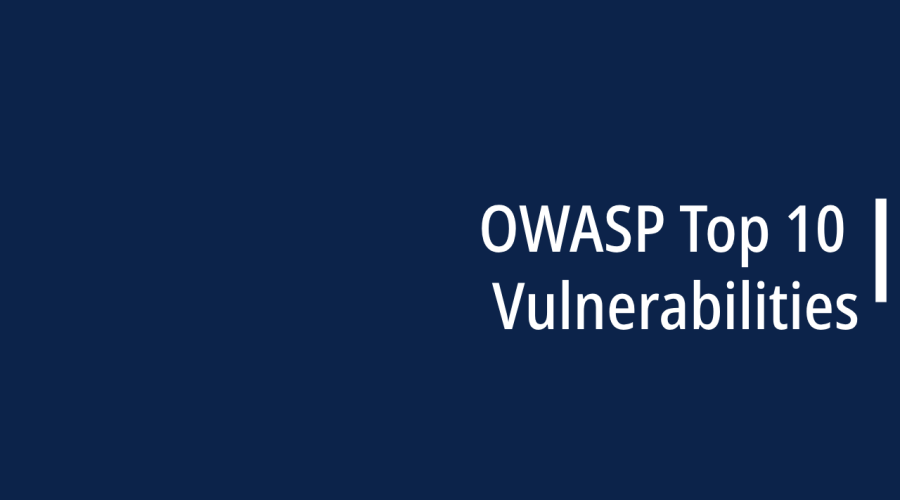How to Fix “pr_connect_reset_error” in Firefox
If you've encountered the "pr_connect_reset_error" in Firefox, you're not alone. This error message can be frustrating, as it often prevents you from accessing websites or using certain web services. However, don't worry; this issue can usually be resolved with a few simple steps. In this blog post, we'll walk you
Read moreACME Protocol: How ACME Works for Secure Web Certificates
The ACME protocol, which stands for "Automated Certificate Management Environment," is an open and standardized protocol designed for automating the process of obtaining, renewing, and managing digital certificates used for secure web communications, specifically for websites and web servers. ACME was developed to simplify and streamline the management of SSL/TLS
Read moreWhat is Perfect Forward Secrecy (PFS)?
Perfect Forward Secrecy (PFS) is a cryptographic property that ensures that the secrecy of past communication remains secure even if the long-term secret keys of a system are compromised in the future. In other words, if an attacker gains access to the encryption keys used to secure past communications, PFS
Read moreHow to Check for Viruses in Files Before Downloading
Checking if a file has a virus before downloading it is a crucial step in maintaining the security of your computer or device. Here are some methods to help you determine if a file may contain malware: Use Antivirus Software: Install reputable antivirus software on your computer or device. These
Read moreUnderstanding Checksums: Examples, Practical Use Cases, and Online Calculators
A checksum is a value or code derived from a data set, such as a file or message, used to verify its integrity. It serves as a digital fingerprint of the data, allowing you to confirm whether it has been modified during transmission or storage. Checksums are essential in various
Read moreComprehensive Guide to OWASP’s Secure Coding Practices Checklist
As the frequency and sophistication of cyber threats continue to rise, secure coding practices have become essential for every software development project. The Open Web Application Security Project (OWASP) is a globally recognized authority in the field of application security. They provide invaluable resources and guidelines for building secure software,
Read moreWhat is BYOE? What does BYOE stand for?
BYOE stands for "Bring Your Own Encryption." It is a security approach in which individuals or organizations are responsible for providing their own encryption solutions to protect their data and communications. This concept is often applied in cloud computing and data storage scenarios, where users want to maintain control over
Read moreRuntime Application Self-Protection (RASP): Defending Your Apps in Real-Time
Runtime Application Self-Protection, commonly known as RASP, is a proactive cybersecurity approach designed to enhance the security of web and mobile applications. Unlike traditional security measures that focus on perimeter defense (like firewalls and intrusion detection systems), RASP operates within the application itself, monitoring and protecting it in real-time. How
Read moreThe Definitive Guide to OWASP Top 10 Vulnerabilities: Strengthening Your Cybersecurity
OWASP stands for the Open Web Application Security Project. It's a nonprofit organization focused on improving the security of software. One of OWASP's key contributions to the field of cybersecurity is the OWASP Top 10. This list serves as a guide for understanding and addressing the most critical web application
Read morePFX Certificate Files Creation and Utilization for Enhanced Security
A PFX certificate file, also known as a Personal Information Exchange file, is a binary format used to store a private key, public key, and the associated digital certificate in a single file. These files are commonly used for securing communications, encrypting data, and authenticating users or services in various
Read more








